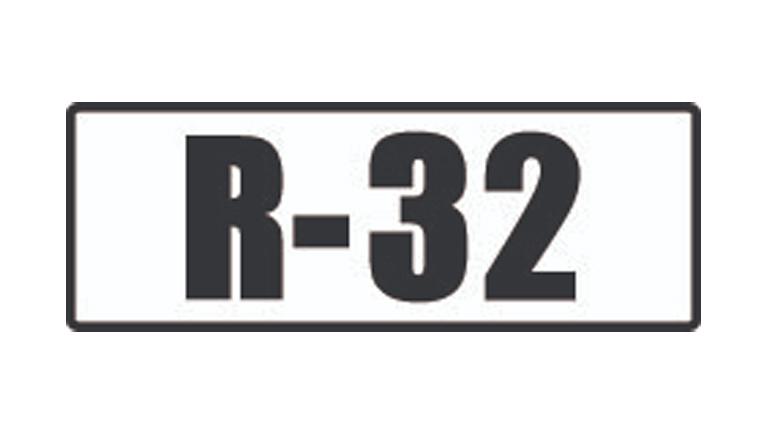
F-Gas Regulations
F-Gas Regulations
14/07/2016Does your business use air-conditioning, heat pumps, or refrigeration?
If so you should be aware of the following:
The European Union’s F-gas Regulation No 842/2006 became law on 4th July 2006. This imposes obligations on ‘operators’ of this equipment from 4 July 2007 that you should know about. F-gases include HFC’s, which are the commonest refrigerants in use today. The Regulation aims to minimise emissions of these gases, which affect global warning if they escape into the air.
User responsibilities
‘Operators’ are defined as the people or organisations that have actual power over the technical functioning of the equipment. The legal responsibility for compliance with the Regulation lies with the operator. Any equipment small enough to plug in rather than have to be permanently wired is likely to be excluded from the requirements, other than an overall requirement to prevent leakage and to repair any leaks as soon as possible.
For stationary refrigeration, air-conditioning and heat pump units over 3kg charge (6kg if hermetic), operators must:
- Prevent leakage, and repair any leaks as soon as possible.
- Arrange proper refrigerant recover by certified personnel during servicing and disposal.
- Carry out leak checks to the schedule shown below.
- Ensure that only certified competent personnel carry out leakage checks.
- Maintain records of refrigerants and of servicing.
For non-stationary equipment (eg mobile units on trucks) and any other products containing F-gases, operators must ensure that appropriately qualified personnel are used to recover gases, as long as this is feasible and not excessively expensive.
Leak checking schedule
The checking (to be done in a way to be defined in detail by the EC) varies depending on the amount of refrigerant in the system, as follows:
- At least annually for applications with 3kg or more of F-gases (unless the equipment is hermetically sealed, in which case this goes up to 6kg).
- At least once every six months for applications with 30kg or more of F-gases.
- At least once every three months for applications with 300kg or more of F-gases.
- Leakage, detection systems must be installed on applications with 300kg or more of F-gases, and when these are in place, checking requirements are halved.
- If a leak is detected and repaired, a further check must be carried out within one month to ensure that the repair has been effective.
Maintenance and servicing records
Operators of all stationary systems containing 3kg or more of F-gases must maintain records including:
- Quantity and type of F-gases installed, added or recovered
- Identification of the company or technician carrying out servicing
- Dates and results of leakage checks, specifically identifying seperate pieces of equipment containing 30kgs or more of refrigerant It is the operator’s responsibility to ensure that the relevant servicing personnel have obtained the necessary certification, which shows that they understand the regulations and are competent.
How to know how much F-gas is in the system
The system should be labelled with this information, but if not, there is an estimate calculator on the Defra/DTI web site.
Need to find out more?
You can also register at the ACRIB website for regular updates, and brief overviews of the other current legal requirements http://www.acrib.org.uk/
The above information is courtesy of ACRIB, was published 26/02/07 and produced with the support of the DTI and DEFRA.
For the latest F-gas regulation visit this link – F-GAS